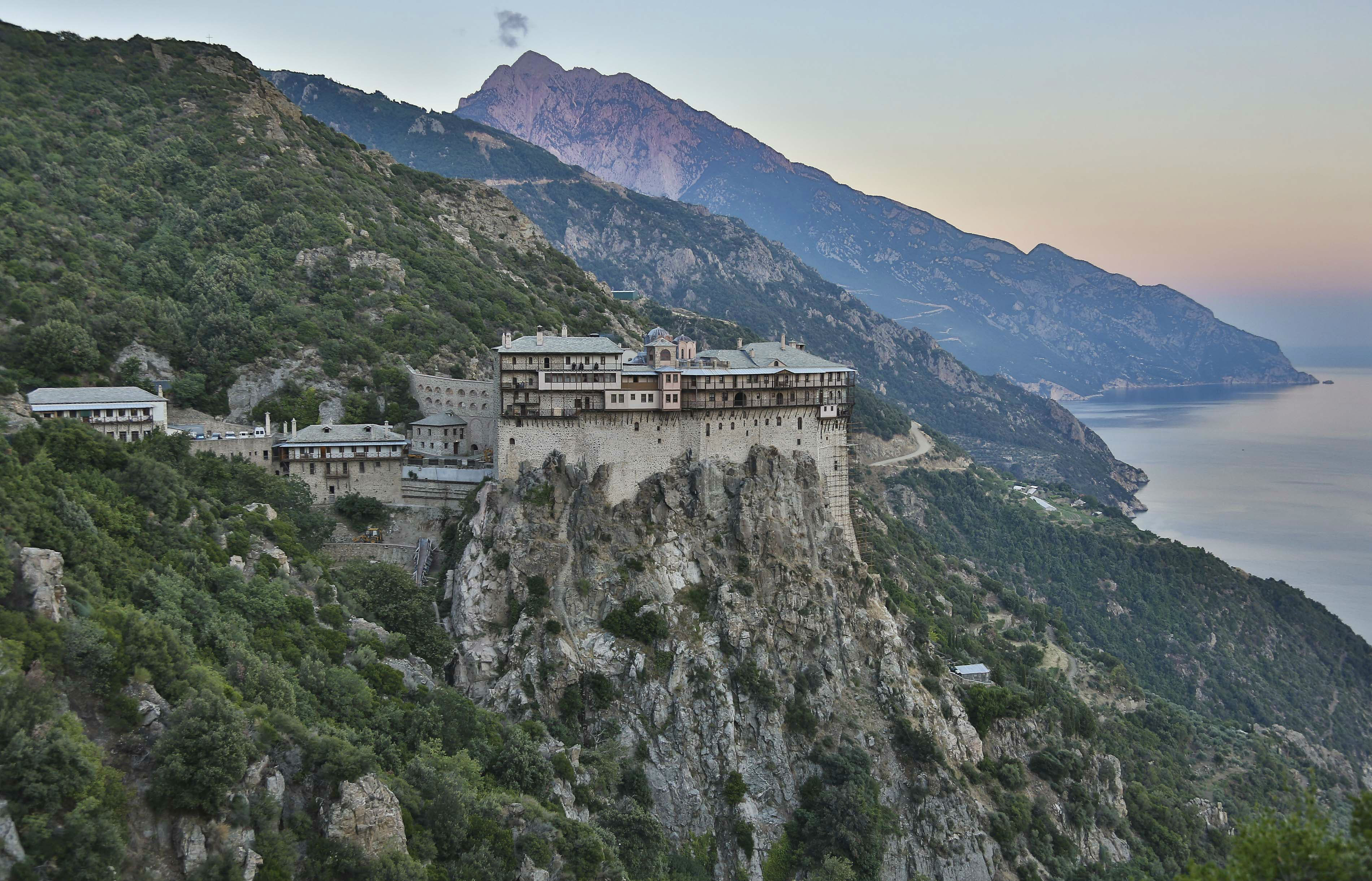The remote peninsula of Mount Athos has been dedicated to prayer and worship for more than 1,000 years. Home to 1,700 monks across 20 geologically significant monasteries, Mount Athos is the epicentre of Eastern Orthodox monasticism. Covering an area of just over 33,000 hectares, the idyllic landscape, history and religious significance attracts 300,000 visitors each year.
The way of life for the Mount Athos monks has remained relatively unchanged since the first monks arrived in the ninth century. Most of the monks reside within the walls of the chosen monastery—usually dictated by their country of origin, while others choose to live a completely monastic, isolated life, away from any potential distractions.
Mount Athos is an autonomous state under Greek sovereignty—gripping firmly to the orthodox foundations on which it was conceived. Women are not allowed to enter nor within 500 metres of the shoreline; even female animals are prohibited from entering the remote peninsula. It is believed that women might distract the monks, luring them away from celibacy and into a life of sin.
In spite of its geographical and spiritual ambiguity, Mount Athos is surprisingly easy to reach. The pilgrimage involves a flight to Thessaloniki in north-east Greece, followed by a two-hour drive along well-paved road. The final leg must be complete by boat — a two-hour ferry ride from the picturesque Greek port of Ouranoupolis.
Visitors to Mount Athos, whether of the orthodox faith or not, must obtain a permit called a “Diamonitirion”. Permits are issued daily for 10 non-orthodox visitors and 100 Greek and orthodox visitors. The pass is valid for four days and only on specific days—pilgrims and general visitors wishing to extend to an overnight stay must apply for a separate permit.

